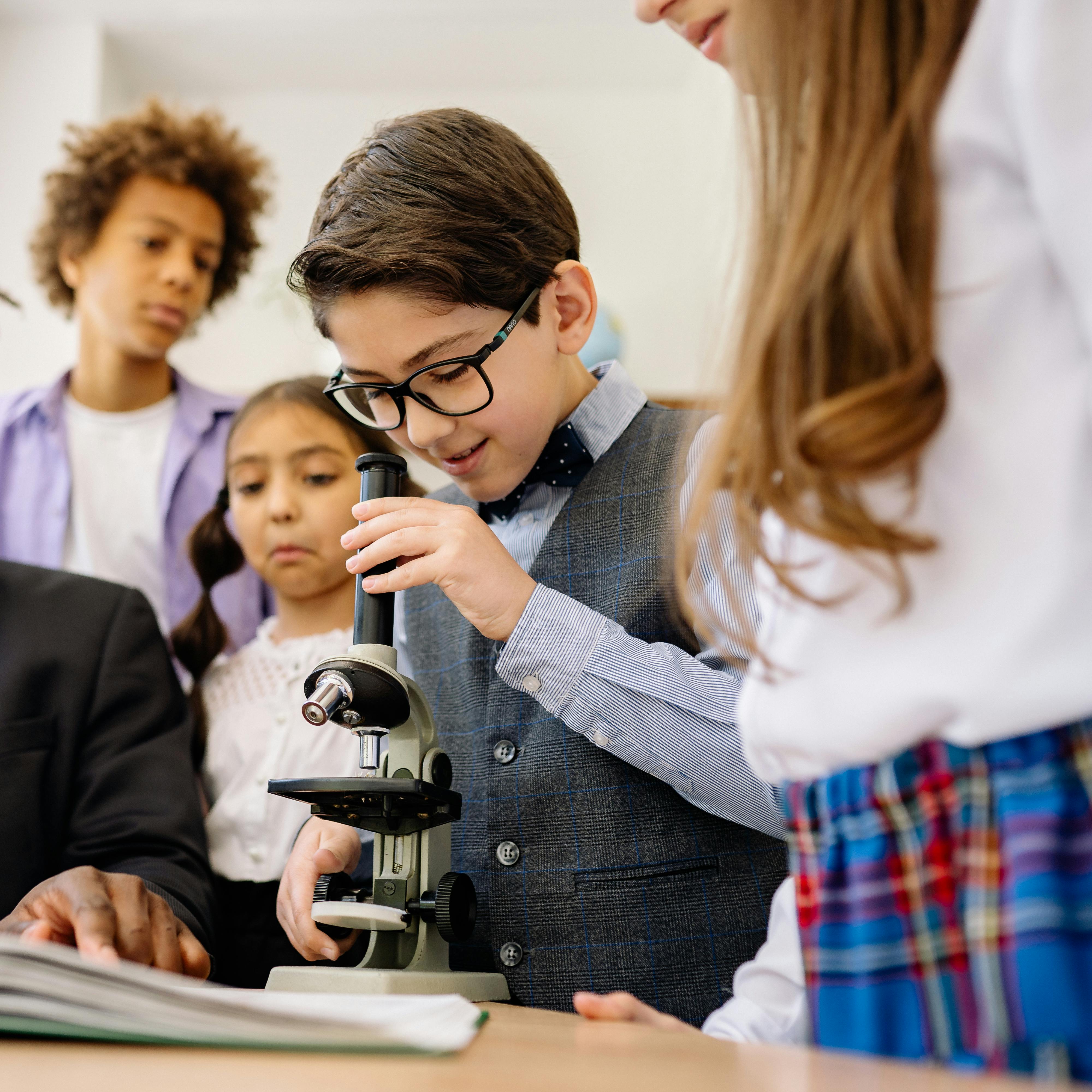With so much disruption and change over the last year, it’s not surprising. The loss of face-to-face contact with teachers and other students has been difficult for most and a challenge for all. How do we move forward to see the best possible outcomes for all students?
It turns out our students hold the key. Students are naturally curious – with a natural bent to construct and create. They are constantly testing the world around them to see how things work together. According to brain and neuroscience researchers, including Dr. Regine Zopf et al. (2004), 65% of the population are visual learners. Most of us learn best with hands-on learning or “learning by doing,” as found in ITEEA’s Learn Better by Doing Study. This hands-on approach to learning was espoused by educator and psychologist John Dewey (1902), believing students thrive in an environment where they are allowed to experience and interact with the curriculum.
When given the choice, students gravitate towards hands-on, project-based learning and receive a host of benefits.
What Are the Benefits of Hands-On Learning?
Develops fine motor skills
Connects content to developmentally appropriate activities
Offers the opportunity to find answers to real situations or problems
Offers opportunities to make school like the real world of work
Allows students to express what they know – increases self-efficacy
Builds social and collaboration skills when working together
Encourages expressions of creativity
Develops problem-solving abilities
Produces mastery of the content through repetition (via planning, creating and testing) to mastering the content
Results in high self-esteem and pride of ownership upon completion
Maker Education, closely aligned with STEM education, offers a hands-on teaching style that engages students, provides equity, and encourages students to overcome challenges and solve real problems.
Maker Learning in Your Classroom: Why Make Makers?
Throughout their lives, students will be faced with obstacles and problems to solve. Employers often say this is the trait they most want to see in those they hire – problem solvers who jump in and work towards solutions. By creating makers in your classroom, you are training up students who will become empathetic, holistic designers, creators, innovators, technologists and problem solvers.
Change Student Thinking
Research and practice show that Maker Education improves student learning in a variety of ways. The Rossier USC School of Education reports in their article “How Maker Education is Impacting Student Cognition” that this style of teaching and learning changes the way students think.
From maker classrooms, they report a number of positives, including “fostering a sense of empowerment and resilience.” Student confidence increases as they are exposed to different concepts and tools while working their way through project-based learning experiences. Teachers are “creating flexible thinkers who are less afraid to fail” – taking risks is inherent in being a maker and allows students to step outside of their comfort zone.
In the research on hands-on learning, they also found clear benefits:
From a study on science education at the University of Virginia: Improved test scores –
“Students who engaged in hands-on activities every day or once a week scored significantly higher on a standardized test of science achievement than students who engaged in hands-on activities once a month, less than once a month, or never.”
From a compilation of project-based learning (PBL) from Edutopia: Richer learning outcomes – “The design principles most commonly used in PBL align well with the goals of preparing students for deeper learning, higher-level thinking skills, and intra/interpersonal skills."
From a 2013 RAFT (Resource Area for Teaching) report: Equity advances – “Hands-on learning inspires all students to meet and exceed high standards for learning and participation.”
So how do you begin?
Make the shift to Maker Education
Maker Education is not just “one more thing” to add to your classroom. It is “the thing” that will ignite passion in your students to learn, grow and create purposefully. At WhyMaker, we will support you to be comfortable and confident teaching STEM and Maker Ed to all of your students, making them ready for our ever-changing society.
See the research that guides our thinking and our work.
Learn all the details about being a Maker Educator in our hands-on online course, The Ultimate Guide to Teaching Maker Ed. We teach you everything you need to know to plan hands-on and engaging projects, using the WhyMaker Way. Access the course now!







